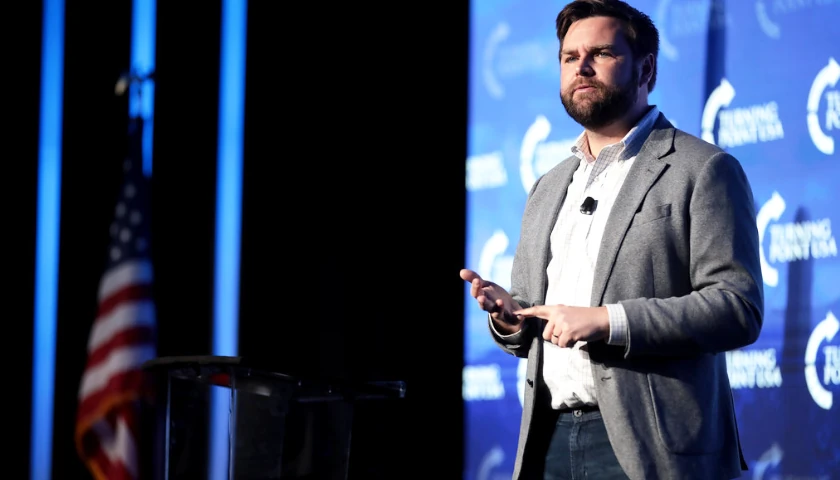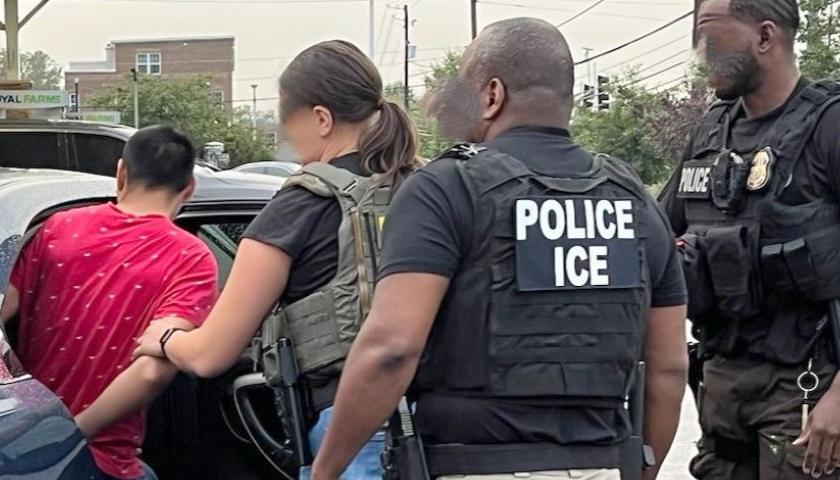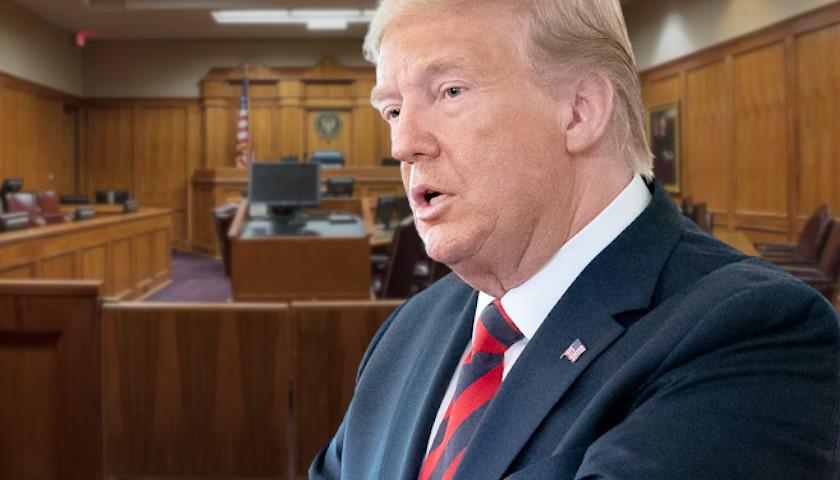by Terrence Keeley and Jim Sorenson
“I will be a vice president who never forgets where he came from.”
Cast off by a drug-addled mother, raised by a discipline-demanding, f-bomb-wielding Mamaw, J.D. Vance’s inspirational story is one of lost potential reclaimed. If Vance is elected and remembers where he came from, this country has much to look forward to – because his redemptive story envelopes millions of Americans.
According to the U.S. National Survey on Drug Use, 46.8 million – or nearly 17% of all Americans – suffer from substance use disorders. More than 21 million U.S. children live in a home with one. J.D. Vance’s implicit promise is that fewer of these innocents will be victimized by such abuse.
Some 18 million American children, about one out of every three (in 1960, it was fewer than one in 10) live with a single parent. Four percent of all children in the United States – more than 3 million – are being raised by their grandparents.
How many lost J.D. Vances are there among the 18 million American children being raised by single parents? How many of the 3 million American children being raised by their grandparents have extraordinary, innate potential that may never be fully realized? Each one deserves a chance at the American Dream.
If Vance keeps his promise, millions of Americans trapped in a cycle of drug abuse and/or child neglect would be emancipated and encouraged to achieve their God-given potential. To fulfill its promise, the Trump-Vance administration must support policies, programs, and principles that helped make J.D.’s own remarkable story possible. Unlocking that potential requires – in fields as diverse as drug counseling, education, housing, family support, food assistance, military discipline, and more – promoting generational, transformative solutions. Improving economic and social mobility without abandoning the timeless principles of self-reliance and meritocracy requires intense focus on what does and does not work.
This is the first of three policy-themed articles that explore what J.D. Vance must do to keep his promise. Today’s focus is on drug addiction. A second explores education; the last examines economic mobility and wealth creation.
In June 1971, President Richard Nixon declared drug abuse to be “public enemy No. 1” and announced a “new, all-out offensive” to defeat it. In the decades that followed, the U.S. government spent more than $1 trillion to prevent and treat drug abuse, including a record $44.2 billion in 2023 alone. Over the same period, states and localities spent $3 trillion more.
The “war on drugs” is a war we are losing. In 1971, there were 3.3 drug-related deaths per every 100,000 U.S. citizens; by 2022, that total had grown tenfold, to 32.6. A meteoric rise in opioid addictions and fentanyl overdoses explains much of this devastating trend.
Almost all the illegal narcotics Americans use come from outside the country – smuggled over our southern border or surreptitiously flown in from around the world. Interdiction efforts – including the tracking and seizure of drug shipments as well as the illicit cash they generate – consume a large portion of the $44 billion federal agencies spend on drug problems each year.
More must be done. America requires more sophisticated detection techniques and more committed international partners in the fight. The majority of precursor chemicals for illicitly manufactured fentanyl come from China and are synthesized in Mexico. Fentanyl deaths in the United States are unlikely to decline meaningfully without more help from China and Mexico. Opium production occurs in three source regions – Southeast Asia, Southwest Asia, and Latin America – constituting separate networks that must be dismantled.
While government efforts to interdict drug supply from abroad are crucial, reducing drug demand at home is more effective for saving lives and freeing families. Here, the most important policy priority is clear: Keep drug use illegal. This has become clear in Oregon, one so-called “laboratory of democracy,” where social experimentation has gone very wrong. Decriminalization of small amounts of fentanyl, heroin, cocaine, and methamphetamines has led to rising overdose deaths, disturbing open-air drug use, and more human suffering in Oregon – so much so that the liberal state recriminalized hard drug use earlier this year.
Combining criminalization with effective, localized support services for those who are ready to help themselves is the best any community can do to lower demand. As Beverly Vance – J.D.’s mother – revealed, those who are unwilling to help themselves invariably fall further before help can be effective. Prescription pain pills eventually led Bev to heroin, repeated rehab attempts, and constant pleading from her children before she finally concluded she and her loved ones had suffered enough.
State health care, social service, educational, and justice systems are all strained by rampant drug use, spending hundreds of billions of dollars a year. Evidence-based programs that work must be targeted at children, adolescents, and families alike as most recreational drug use starts young before spiraling out of control. Communicating positive peer norms and peer-led, pro-social outcomes have proven most effective in middle and high school anti-drug programs. Destigmatization, medically-assisted detoxification, behavioral therapies, contingency management, and 12-step facilitation are most effective with adults.
Any serious discussion of how Bev Vance ultimately beat drugs entails addressing the abuse that surrounded her as a child. Like so many others, she fell into the same cycle of dysfunction she learned from her parents. Just like her mother “Mamaw,” she married her high school boyfriend only to find her life soon beset by the same violence and substance misuse that defined her parents’ marriage. Living what she learned, her life became a litany of unstable and abusive relationships with strange men, fueling her drug use.
Cycles of abuse have deep but explicable causes. Childhood abuse does not lead every victim to become an abuser. The rate of domestic partner violence is three times higher among those in the lowest income quartile than those in the highest. However, greater economic mobility and wealth creation – the third topic in this three-part policy series – is an important part of the solution. So, too, is the promotion of universal values – including those enumerated in Saint Paul’s famous letter to the Corinthians: faith, hope, and love. The policies of a Trump-Vance administration must support faith-based communities and other organizations that promote grace, forgiveness, and hope. Such institutions demonstrate time and again how the redemptive powers of universal values work miracles.
J.D. Vance’s candidacy for higher office brings opportunities for breakthroughs in America’s 50-year losing battle against drug and other substance abuse. A scourge that impacts one out of every six Americans can be stopped from spiraling ever further out of control. New initiatives that turn China and Mexico from accomplices to drug-fighting partners, and more effective prevention programs targeted at youth and high-risk communities, need not cost any additional money – but they will require more strategic focus, international diplomacy, and effective federal-state-local collaboration.
As Mamaw herself revealed, they will also require more faith, hope – and tough love.
– – –
Terrence R. Keeley is author of “Sustainable” and “Ending ESG.” Jim Sorenson is the chairman of the Sorenson Impact Foundation.
Photo “JD Vance” by Gage Skidmore. CC BY-SA 2.0.





